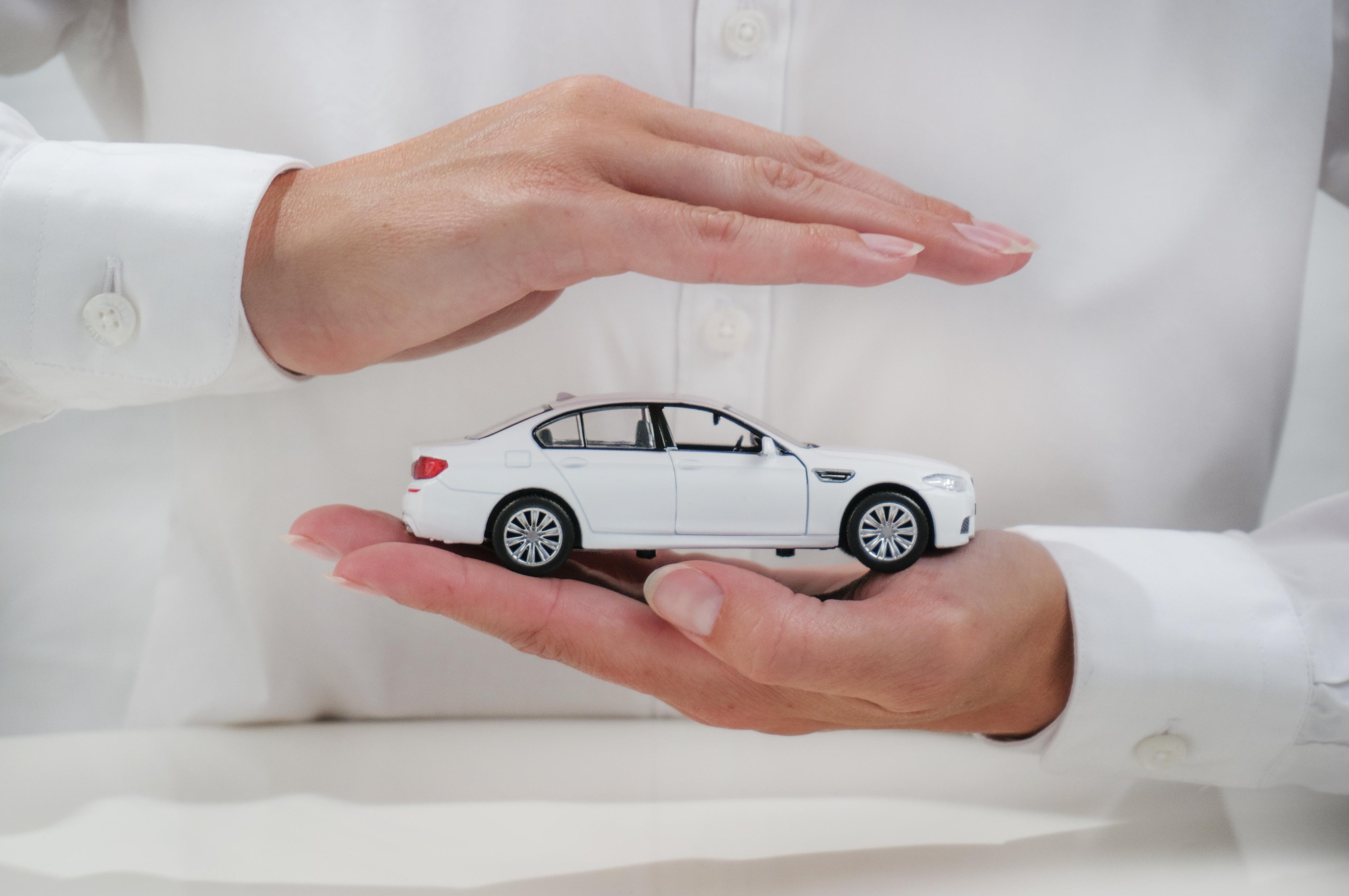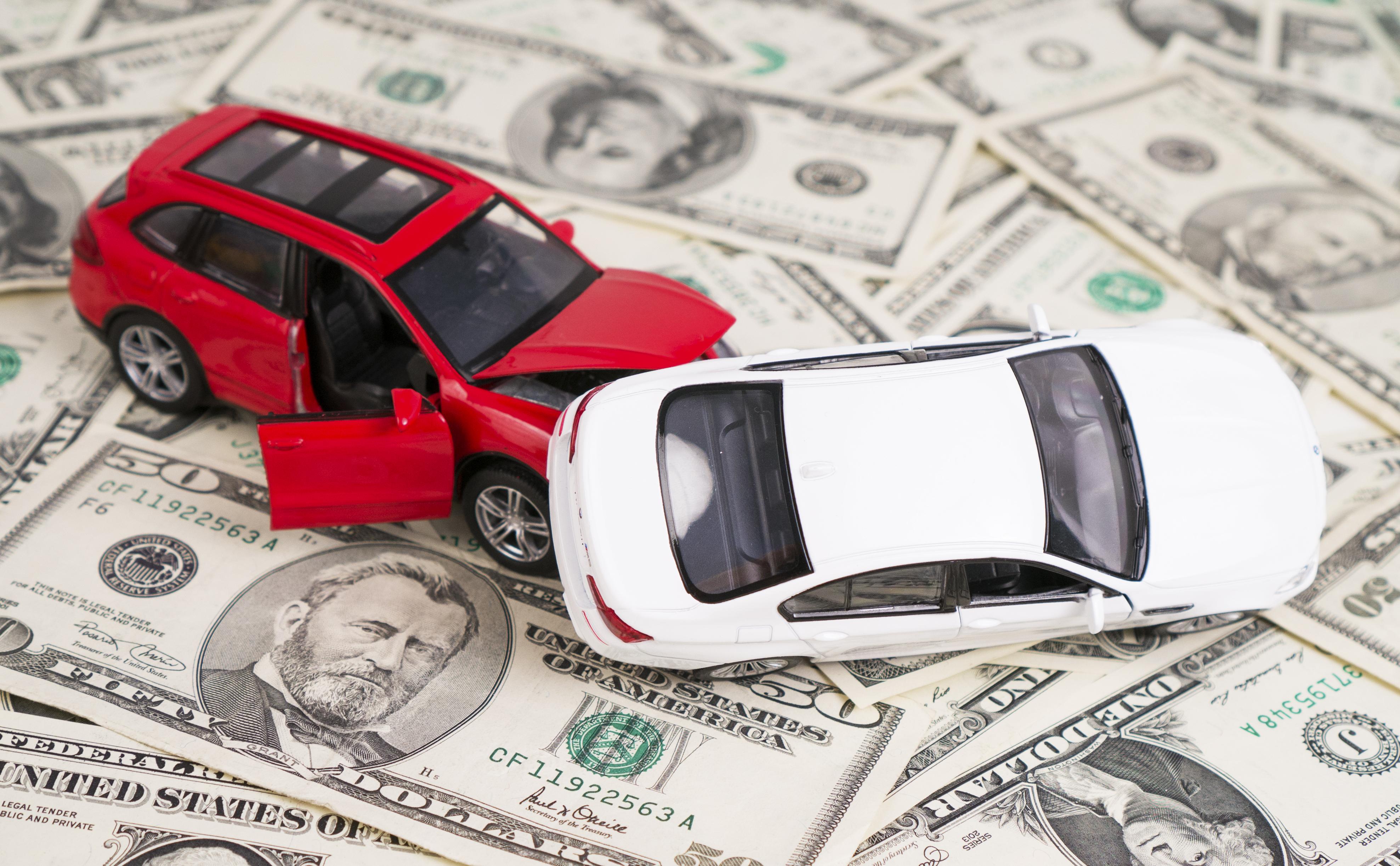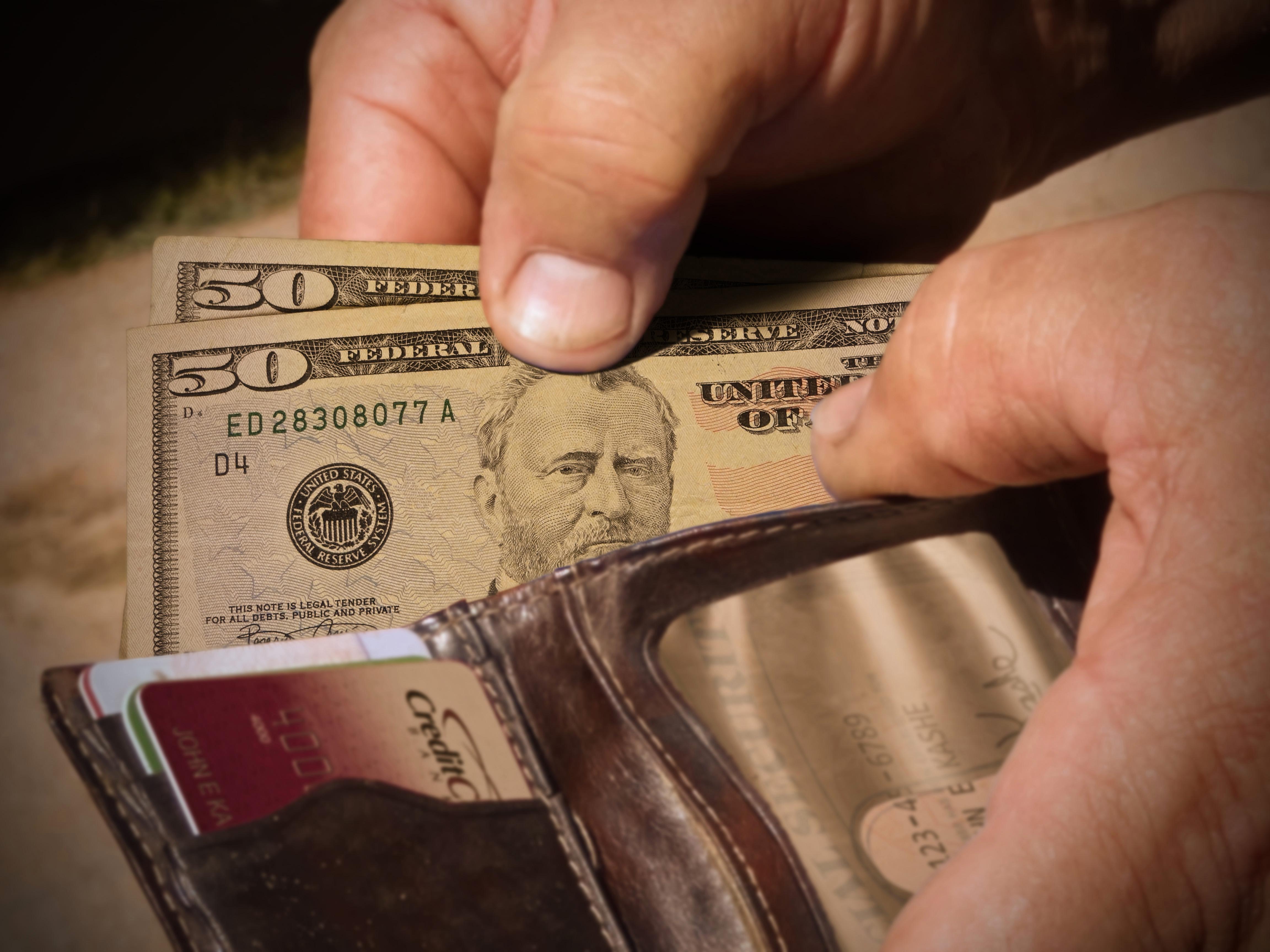How much is Car Insurance?

There are many parts to car insurance, which is why it can be more than confusing. From personal liability to comprehensive coverage, car insurance can be one of the most important forms of security in our lives. In 2010, USA Today reported that there were about 210 million licensed drivers in the United States alone. On average, about 1.3 million people die in car crashes in the world each year with an average of 3, 287 deaths per day. On top of this, 20-50 million people are disabled or injured also. Road accidents cost $518 billion globally, which could be up to 2 percent of a country’s annual GDP.
With the chance of injury or even a small scrape continually possible each day, making sure you, your family and your vehicle (very often the number one form of transportation for some) are covered financially is a big priority. Unfortunately, understanding what you’re paying hundreds for each year is more often a matter of stress and bewilderment. We’re here to make sure that doesn’t ever happen.
What Does Auto Insurance Cover?
Auto insurance generally covers two things: people and objects (vehicles, buildings, etc.) and there are about five different parts of auto insurance. The first is liability. This form of insurance coverage is often referred to as bodily injury and property damage liability. Bodily injury applies to any injury or harm that you, the policyholder or designated driver, cause to another person. Bodily injury liability also covers you and all other family members listed on your policy when driving another person’s car with their permission. The coverage will also help pay for any lost income from missing work due to injuries, long-term nursing care and pain and suffering (this last amount is determined by the court in order to address emotional or physical stress that injuries cause).
Bodily injury liability is mandatory in almost every state and most have a minimum limit. However, many insurance agents would strongly suggest buying more than the state-required minimum so as to protect your assets such as your home and savings in case the minimum won’t cover the entire damage that has been caused by the accident.
Property damage, the other half of liability coverage applies to any damage you cause to someone else’s property such as their car. However, it can also cover a house, fence, lamppost or other buildings your vehicle hits. Liability insurance doesn’t cover the damage caused to your vehicle or property, this is covered in collision and comprehensive which we’ll address later on.
Liability injury is most often represented by three numbers, such as this $25,000/$65,000/$15,000. The first two numbers represent bodily injury coverage and the last is for property damage. The first number is for how much your insurance company will pay to cover costs due to injuries per person. The second number is the highest amount the insurance company will pay per accident. Basically, if three people are injured in the car you hit, a total of $25,000 will be given per person but no more than $65,000 will be paid in total. This is, of course, the total amount and is applied only if the costs of the accident reach this high.
Personal Injury Protection
The second part of auto insurance is called personal injury protection (PIP). Personal injury protection covers treatment of injuries to the passengers and driver of the policyholder’s (your) car. PIP can cover medical payments, lost wages and costs of replacing services normally performed by the injured person. PIP may also cover funeral costs. Not all insurance policies include personal injury protection, however. This is generally because if injuries are sustained to you, your insurance will not pay for that as the insurance of the other driver will. Just as your insurance pays for their injuries, their insurance pays for yours. *This is dependent upon fault of course.

What Does Collision Insurance Cover?
The third part of auto insurance is collision insurance. Collision covers damage to to your car that comes from a collision with another car or object, or if it flips over. Collision will also cover damage from potholes. The way collision insurance is financed by premiums and deductibles. A deductible can range from $250 to $1,000. Any amount after this is covered up to the actual cash value of your vehicle.
The higher the deductible you pay, the lower your premium. The premium is paid on a monthly basis, whereas your deductible you pay when you put in a claim (usually for an accident) into your insurance company. Collision will reimburse the costs for repairing your car minus the deductible, even if you are at fault for the accident.
Sometimes collision coverage isn’t purchased in the policy, especially if the cash worth of your car is close to or less than your deductible. In layman’s terms, this means that if month-by-month (or by the six-month payment plan) you would be paying more than what your car is actually worth there might be no point in having collision coverage as you will be losing money over time.
What is Comprehensive Coverage?
Comprehensive coverage is the fourth part of auto insurance and reimburses any loss you suffer from theft or damage caused usually by natural disasters. This could include fire, earthquake, flood, windstorm, hail, falling objects, vandalism, or contact with animals like birds or deer.
Comprehensive coverage is sold similarly to collision with a deductible and premium. Deductibles range from about $100 to $300. Like collision, you can lower your monthly premium payment by raising your deductible. This means that you pay less monthly, but if you do submit a claim you will pay more at that time. This is a good idea if you trust you’ll never have to submit a claim (e.g. if you live in a decently safe neighborhood or a state that doesn’t suffer from large natural disasters).
Sometimes comprehensive coverage will also take care of a cracked or shattered windshield. Though many insurance companies will offer glass coverage with or without a deductible.
Uninsured and Underinsured Motorist
The last part of auto insurance is uninsured and underinsured motorist coverage. Unlike liability, where your insurance company pays for another’s injury, loss or damage, uninsured and underinsured coverage reimburses you for any damage or loss if you are hit by an uninsured driver. This coverage will also take care of family members or a designated driver and it will also reimburse you if you’re hit by a hit-and-run driver.
Underinsured coverage is for when you are hit by a driver whose insurance is insufficient to pay for your total loss. This kind of coverage also protects you when, as a pedestrian, you are hit.
What is Full Coverage Auto Insurance?
Like most insurances, auto insurance can also come in different forms by providing more than just the basics such as full coverage auto insurance. However, full coverage auto insurance isn’t really a thing. Instead, it actually just means the combination of collision and comprehensive. Some may consider this full coverage but most companies don’t actually sell “full coverage.”
Another form of car insurance is temporary car insurance (or short term car insurance). Temporary car insurance can be purchased for short periods of day, from one to 28 days. Sometimes it is purchased if someone needs to borrow your car but they aren’t on your existing policy. Other times, short term car insurance can be used for a second owned car like a sports vehicle — a luxury that you only take out on specific holidays or weekends. This provides you with coverage but isn’t something you have to pay for month-by-month.
Short term insurance can also be purchased as young drivers’ car insurance. For drivers under the age of 21 who may not own a vehicle, short term car insurance is a good option. Especially if the young driver is given access to a friend or relative’s car during a vacation or for emergencies.

How Much is Car Insurance?
Car insurance rates are dependent upon several things: your age, experience as a driver, credit score, marriage status, and even if you own a home. For young drivers’ car insurance, having good grades in school can even affect how much you pay in insurance.
Car insurance rates are also dependent upon where you live. In the U.S., the average cost of auto insurance premiums can range anywhere from $50 a month to hundreds of dollars a month. This is of course because some states have more risks, therefore they have higher premiums. For a city with exceptionally high risk such as West Virginia, the average cost for annual car insurance is $2,508. Whereas for a state with lesser risk like Maine, the annual car insurance rate is $972.
It may seem of course that you can’t control how much your car insurance rate is, especially depending upon where you live. However, you can have a little bit of control such as striving to be a good driver, keeping a good credit score, owning your car, owning a less expensive car, driving less often to lower your annual mileage and even take a defensive driving class. Multi car insurance can really raise your premium, as can owning a more expensive car.
Taking a defensive driving class can trigger an exceptionally lucrative discount. This discount comes about because when insurance companies give out policies they ask whether or not you will cause an accident and thereby cost them money. By taking this course you show insurance companies that you’re willing to be a safe driver.
How Much is Car Insurance Per Month?
Car insurance payments can be done in two ways, month-by-month or on a six-month basis. Depending upon which payment method you pick, you could actually be paying more. Most car insurance companies will give you a discount if you pick the six-month payment method. Often times this can be a matter of just saving $100 overall.
For example, for a mid-twenties couple owning cars with over 160,000 miles each the cost for a six-month policy is roughly $680 whereas if they were to pay month-by-month the total would be closer to $720 after six months.
Some companies will also offer other services such as emergency roadside assistance. Others will also combine renter’s insurance with car insurance. This could potentially provide a discount on your car insurance.

How Much Does Insurance Go Up After an Accident?
If you’re curious, yes auto insurance does tend to go up after you are in an accident. A recent study showed that drivers who make even just one claim could end up paying up to 44 percent more for car insurance. Of course, we know that car insurance rates are dependent upon driving history but it can also be dependent upon who was at fault and how serious the crash was. And yet again, this could depend on where you live. In the state of Massachusetts, someone filing a claim could see their premium rise by 76 percent after failing a claim. However, in Maryland the rise is only by 22 percent.
This means that if you insure two cars with premiums of $300 each — with an insurer’s base rate of $400 —, after an accident you could end up paying another $160, which is an increase of about 27 percent on your policy. Imagine if you lived in a state where the premium skyrocketed by 76 percent!
When you file a claim could also affect how much a premium might be raised — if you file two claims in one year your premium could be raised twice. Again, there are many factors that will affect whether or not your premium will be raised.
